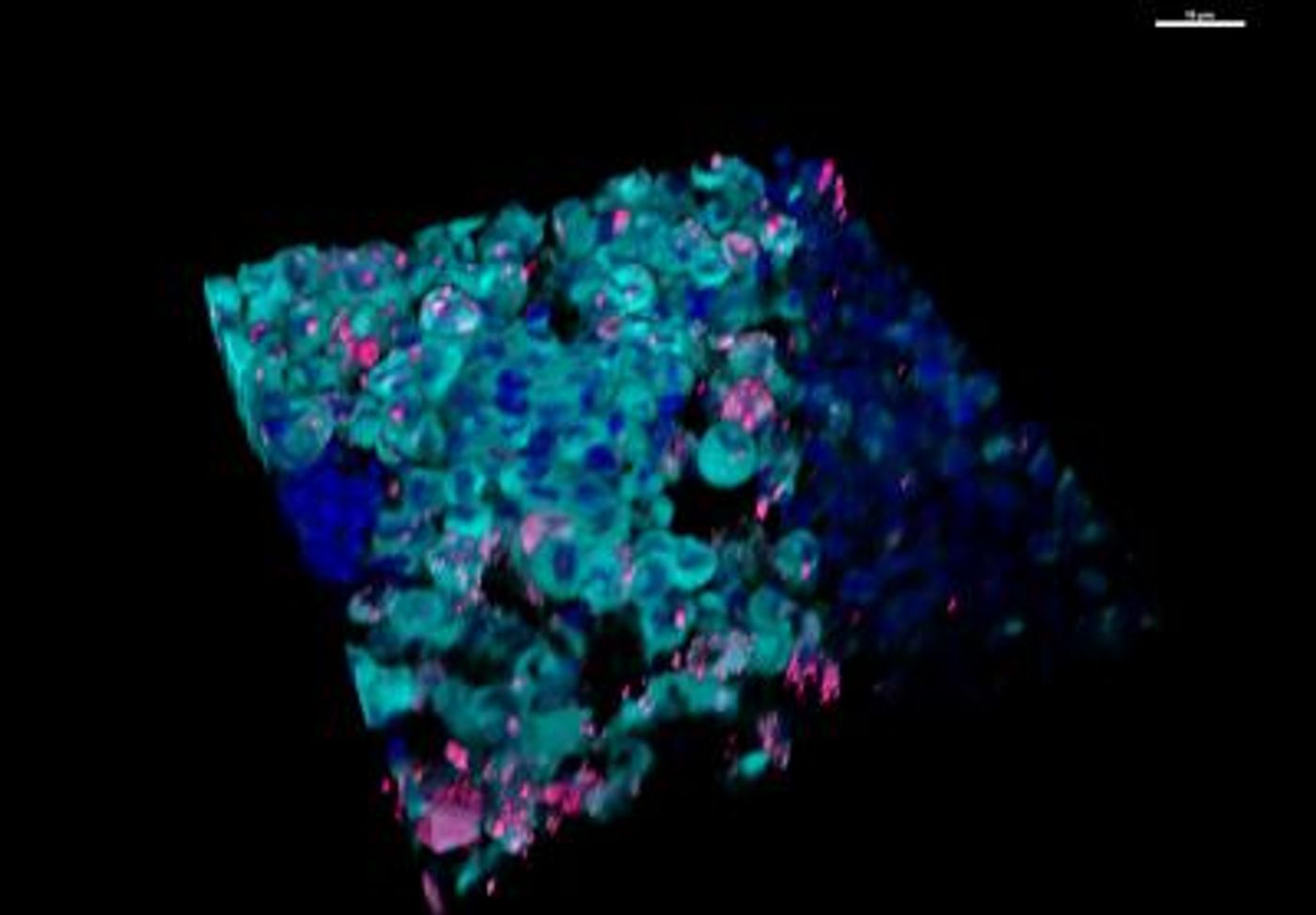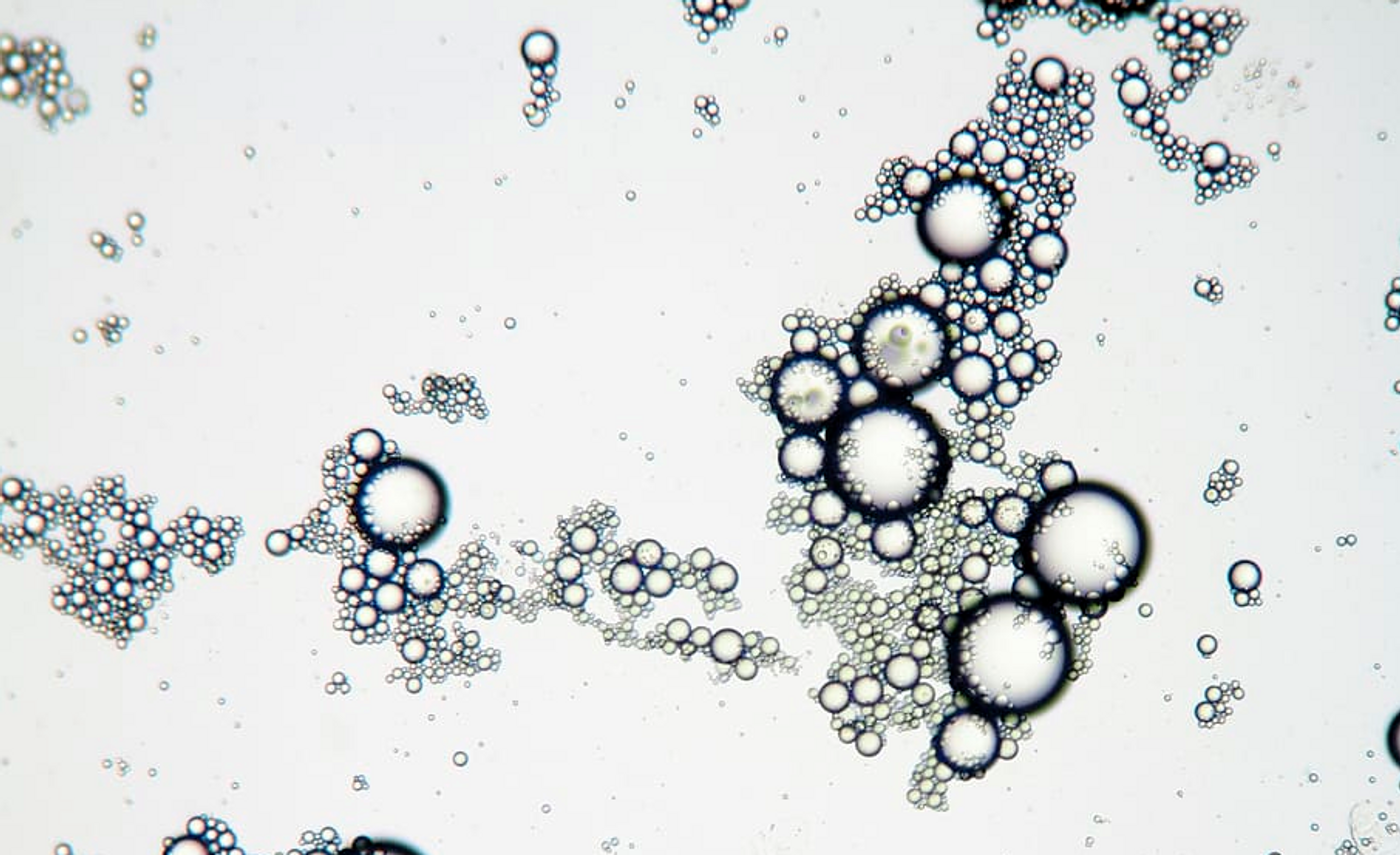Newly-ID'ed Organelle May Play a Role in Cancer Metastasis
Cells are packed full of organelles and molecules like proteins floating in a liquid known as cytoplasm. In recent years, scientists have found that like oil and vinegar, liquid droplets can form inside of liquid cytoplasm, in a phenomenon known as liquid-liquid phase separation, to create so-called membrane-less organelles. We're just starting to learn more about these droplets, which are thought to herd various structures and molecules together to encourage certain chemical reactions or processes to take place.
Now scientists have suggested that these membrane-less organelles (which don't have an official name yet) are involved in the metastasis of cancer. The work has been reported in Nature Cell Biology.
"We believe this is the first time that phase separation has been implicated in cancer metastasis," said senior study author Yibin Kang, the Warner-Lambert/Parke-Davis Professor of Molecular Biology at Princeton University.
It's been a surprise to identify a new organelle. Kang compared it to finding a new planet in our solar system. "Some organelles we have known for 100 years or more, and then all of a sudden, we found a new one!"
"Everybody goes to school, and they learn 'The mitochondria is the powerhouse of the cell,' and a few other things about a few organelles, but now, our classic definition of what's inside a cell, of how a cell organizes itself and controls its behavior, is starting to shift," noted first study author and Kang lab post-doctoral researcher Mark Esposito, Ph.D. "Our research marks a very concrete step forward in that."
A cellular pathway called Wnt is known to play a vital role in the development of many organisms. In cancer cells, the Wnt pathway can be corrupted to promote tumor growth (instead of embryo growth). It's also known to play various roles in the growth of bone and the metastasis of cancer to bones.
Kang and colleagues were studying the relationships between Wnt, a signaling molecule known as TGF-ß, and a gene called DACT1. They found that membrane-less organelles are involved. When TGF-ß is signaling to a cell, DACT1 hoards a molecule called Casein Kinase 2 (CK2), and uses membrane-less organelles to do so. The lack of CK2 disrupts the Wnt pathway.
Additional work showed that bone tumors can trigger Wnt signaling throughout the bone. Since TGF-ß levels are high in bone, CK2 is easily sequestered and Wnt is suppressed. Tumors can then stimulate osteoclast growth, which scrubs away old tissue in the bone. TGF-ß levels thus remain high, more CK2 is hoarded by DACT1, and Wnt is suppressed even further, which is known to play a role in metastasis.
The scientists believe that this work will open up new cancer treatment targets.
"For example, if we have a way to disrupt the DACT1 complex, perhaps the tumor will disseminate, but it will never be able to 'grow up' to be life-threatening metastasis. That's the hope," Kang said.
"This is a more dynamic signaling node than just controlling Wnt and TGF-b," added Esposito. "This is just the tip of the iceberg on a new field of biology."
Sources: AAAS/Eurekalert! via Princeton University, Nature Cell Biology










